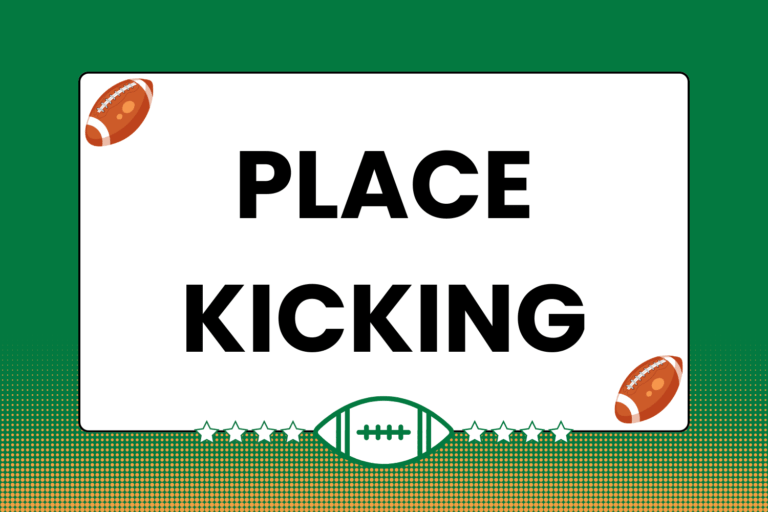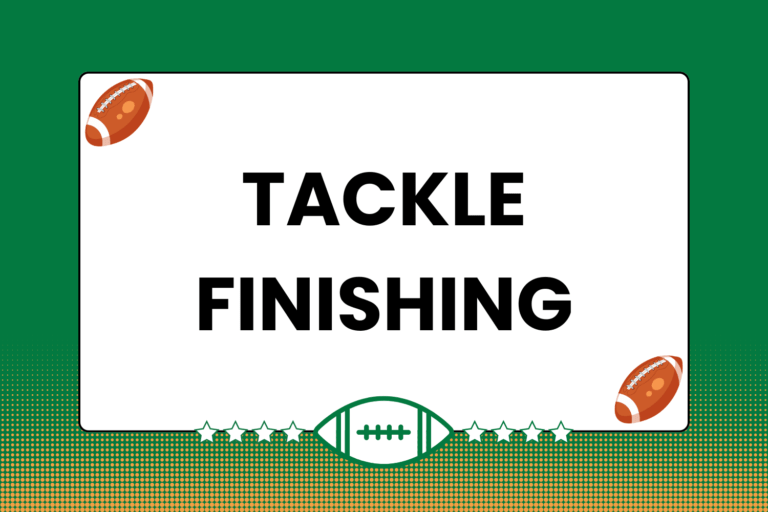The basics have been handled and the fundamentals are locked in: Score points on offense, prevent points from being scored on defense. Tackle the ball carrier on defense, don’t get tackled and successfully pass the ball on offense. That’s the essence of rugby, and all anyone needs to know to be successful at playing rugby, right? Not hardly; it would be like arguing that medical students only needs to know pills cure illness to become doctors. In much the same way, improving as a rugby player is reliant on recognizing that certain strategies must be applied to the way the game of rugby is approached, both as a player and as a team. This guide focuses on modeling the stragegy individual players should use during a game.
Making the Right Move
Individual player strategy focuses on the player’s responsibilities in the different situations that arise during the course of a match. At the core of these responsibilities is the process each player goes through in gaining an understanding of their role for each and every situation. The process is always the same, but the different details of each situation mean that the player’s role will vary from one situation to the next.
Although each player’s responsibilities will be different from one situation to the next, they should always reflect the team’s overall strategy. The different responsibilities assigned to each player will reflect their specific job, or purpose, in the effort to successfully carry out the team-wide strategy. In other words, different players will do different things, and putting all those different things together makes up the whole of the team’s strategy. Or at least that’s how it’s supposed to work.
Rugby Strategy’s Two Facets
Rugby strategy involves two phases:
- Individual player actions
- Team-wide strategies
The individual actions of every player on one team should reflect the overall strategy of the team. Different players have different roles in the team strategy, so it’s very important for each player to both know their individual responsibility, as well as how their role fits into the overall strategy.
Reading and Reacting
The ability to assess a particular situation and react accordingly is the key to providing a solid individual performance during a match. And recognizing the action/reaction relationship of a situation is crucial in making the right decision.
That sounds very authoritative and scholarly—and it is both of those things, along with being true. But to really understand what it means, the ability to act/react needs to be examined in closer detail.
As a result, it’ll be easier to understand how a player can process a situation with dozens of different factors in less than a second, which is the skill that’s at the core of each player doing their job.
The Decision-Making Process Model
The process that rugby players should go through when making decisions happens very quickly, though there are individual stages. Here’s a breakdown of those different stages:
Step 1: Decode the Situation
How to do it: Break the situation down into key details.
The first step in choosing the move to be made is analyzing the situation. By looking at the circumstances involved in a specific scenario, the player will have a generous amount of information to make a decision from.
The result: The situation is understood from all angles.
Step 2: Decide the Best Action
How to do it: Evaluate the actions available.
Once the situation is broken down into key details, it becomes much easier to recognize what the best move to make is. There usually aren’t more than a few options to begin with, and if the key details of a situation are recognized, one option will almost always stand out from the rest.
The result: The appropriate action is picked based on the key details.
Step 3: Make Your Move
How to do it: Varies depending on the action.
Time to see if the decision picked is a good one. Depending on what was decided, the action will be successful, or not.
The result: The action is completed.
These steps describe the process an individual player should go through when confronted with a situation during open play. Each of the steps is fairly easy to complete, and is built on the step that came before it. The skills involved in this process are also simple. The ability to go through them as quickly as possible is what’s most important, and many of the drills players go through in practice are designed to improve a particular action or ability, and to help ruggers to recognize when a situation calls for that particular action.
From Process to Cycle
The process gets difficult, however, when a player is forced to complete it within the span of a second or two. Think for a moment, and try to come up with other tasks that can be completed within a few seconds. In the amount of time it takes to draw in and exhale one full breath, or put the cap back on a tube of toothpaste, a rugger is expected to correctly complete all the steps in this chart.
Strategy for Set Plays
A player goes through a similar series of steps during a set play, but much of the guess work is taken out.
- Depending on the set play (kickoff, line-out, etc.) each player’s responsibilities will be different, but only according to the specific set play.
- The task of having to evaluate the situation and act based on that evaluation is removed, and player responsibilities are decided ahead of time during practice.
The Action-Reaction Cycle
The ability to make lightning-quick, and correct, decisions is very important in a rugger’s journey to become as good as possible. The next step beyond understanding and improving this ability involves recognizing that it’s part of a cycle. Yes, that’s right- players have to make lightning-quick, correct decisions and be able to make them over and over again, in an ever-flowing cycle. The fun never stops.
Ideally, the ability to make lightning-quick decisions and continuously keep the Action-Reaction cycle going will eventually become automatic. Until that happens, here’s an overview of the Action-Reaction cycle:
- The offensive team will attempt an action (that results from the decision-making process in the chart) to move the ball up the pitch – Action.
- The defensive team will analyze the offensive team’s action and try to stop it accordingly – Reaction.
- The offensive team will attempt another action to move the ball up the pitch. This is both a new action and a reaction to the defensive team’s reaction.
The cycle of offensive action and defensive reaction continues until play stops, or possession moves from one team to the other. A new cycle begins in either case.
Smart Players Make a Smart Team
Smart players make for smart teammates, and usually an intelligent player improves the skill level of other players. So if all the players on a team play smart, and smart players make good teammates, every player would be improving every other player. So play smart!





